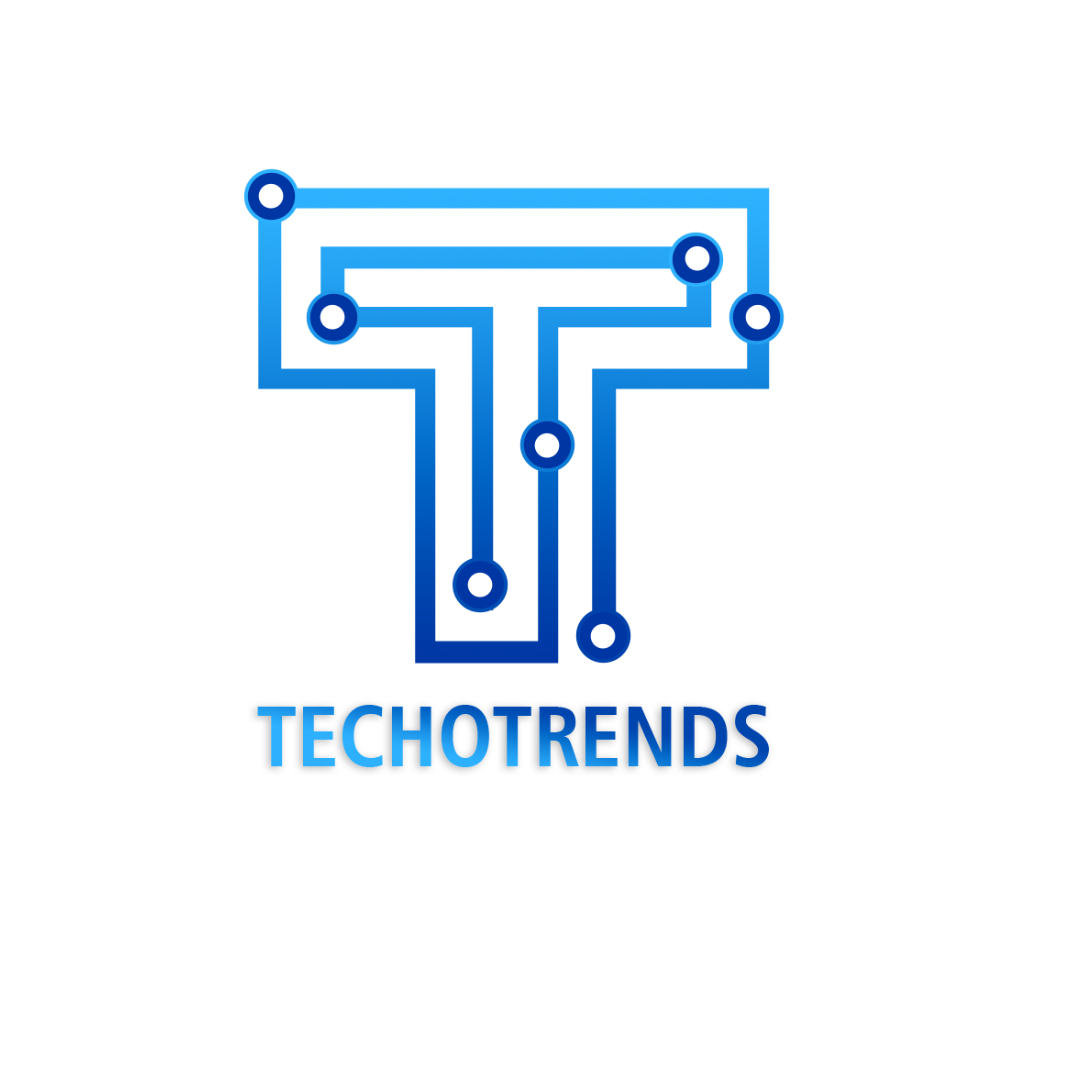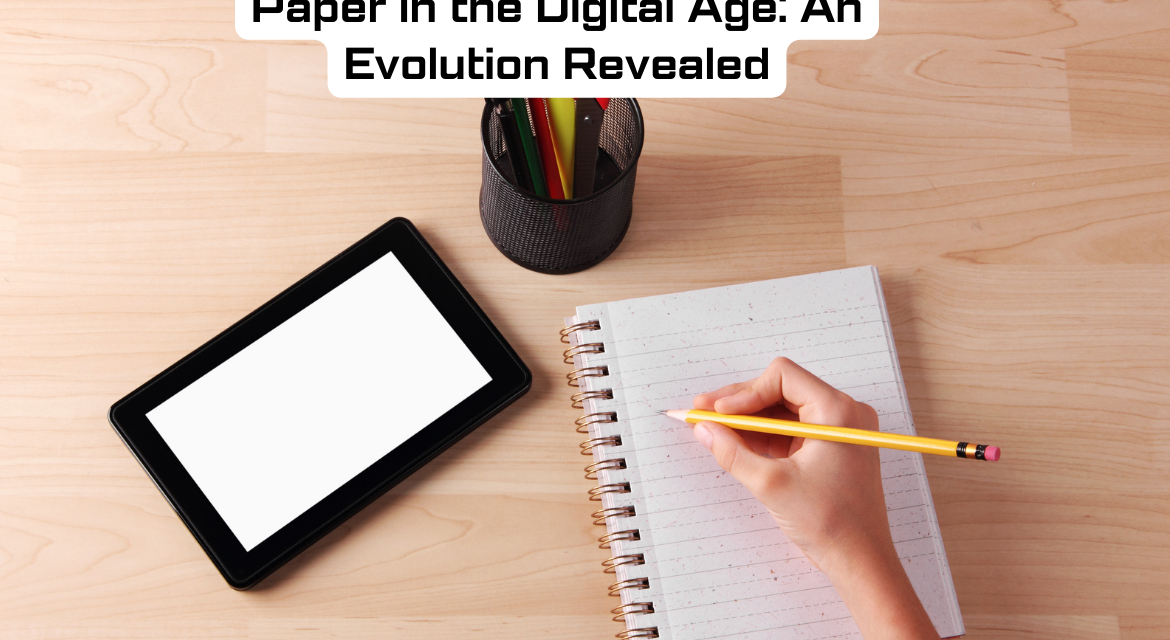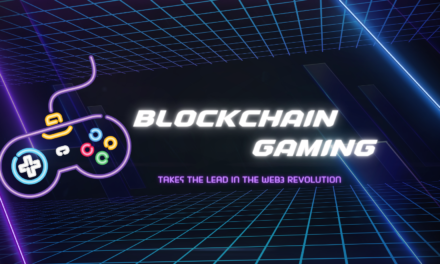In today’s digital age, traditional mediums such as paper are losing relevance. The role of technology in our lives is not to eliminate paper but rather to reinvent its uses and possibilities. Read on for more information regarding this paper in the digital age.
Embracing Smart Paper
- Interactive Possibilities
A smart paper loaded with conductive inks and sensors is leading this change. Static areas come to life through interaction. Instructional materials, packaging, and gestures all become interactive. Paper still has a tactile aspect, but it now appeals to our senses in ways we never could have imagined.
- Sustainability in Innovation
The paper sector is experiencing a green revolution at the same time. Recycled materials, eco-friendly production methods, and sustainable practices are becoming commonplace. The dependence on printed papers has decreased even more because of technological developments, which have brought paper consumption into line with eco-friendly practices. It is about smart sustainability, not simply smart features.
Augmenting Reality with Paper
The rules of engagement are being rewritten through the combination of paper, augmented reality (AR), and virtual reality (VR) technology. Unlock a digital realm connected to the plot through traditional novels. The benefits of interactive textbooks that go beyond the confines of standard paper are also being felt in education.
The integration of digital and physical components in the classroom is changing the face of education.AR and VR technologies superimpose digital info on paper for dynamic learning materials. The physical qualities of paper are preserved while utilising the power of digital innovation in this harmonious synthesis.
Educational Tools: Tablets and Smart Pens
- Tablets and Tradition
Even if digital tablets are becoming a necessary part of education, there is still nothing quite like the physical experience of writing by hand. By fusing the benefits of technology with the tactile feel of handwriting, tablets and conventional paper combine to provide a comprehensive learning environment.
- The Evolution of Note-Taking
Let us welcome the era of smartpens, allowing a seamless transition from analogue to digital note-taking. By digitising handwritten notes on paper, these pens combine the efficiency of digital collaboration with the familiarity of traditional ways. Paper is still an essential medium for knowledge in the educational Renaissance.
Beyond Printing: 3D Innovations and Functional Paper
- 3D Printing’s Artistry
With 3D printing, paper continues to evolve into a third dimension. Using paper-based materials, this technology makes it possible to create complex and useful objects. The creative potential of conventional paper is increased by 3D printing, which may be used for everything from environmentally friendly packaging to artistic installations.
- Eco-Friendly Packaging
When it comes to sustainability, 3D printing helps create environmentally acceptable packaging options. Innovation and sustainability may coexist, as demonstrated by the ability to create complex designs using materials derived from paper. This is in line with the global trend towards ecologically sensitive practices.
The Sensory Appeal: Tradition Meets Technology
- Sensory Enhancement
Technology improves paper in more ways than only its usefulness. It also makes it more visually appealing. Speciality papers and fine art prints demonstrate how technology may appeal to our senses. The user experience is enhanced by the touch, the beauty of the image, and even the smell of paper.
In summary, technology will enable the paper to adapt and become even more valuable in the Digital Age rather than being replaced. Paper is a valuable and important medium in a dynamic world shaped by smart paper, sustainable practices, augmented reality, and revolutionary printing technologies. The paper offers a real and sensory-rich experience in our increasingly digital society, encapsulating the best of both worlds in one harmonic analogue-digital combination. The paper’s journey appears to be developing into a fascinating technological symbiosis chapter.





